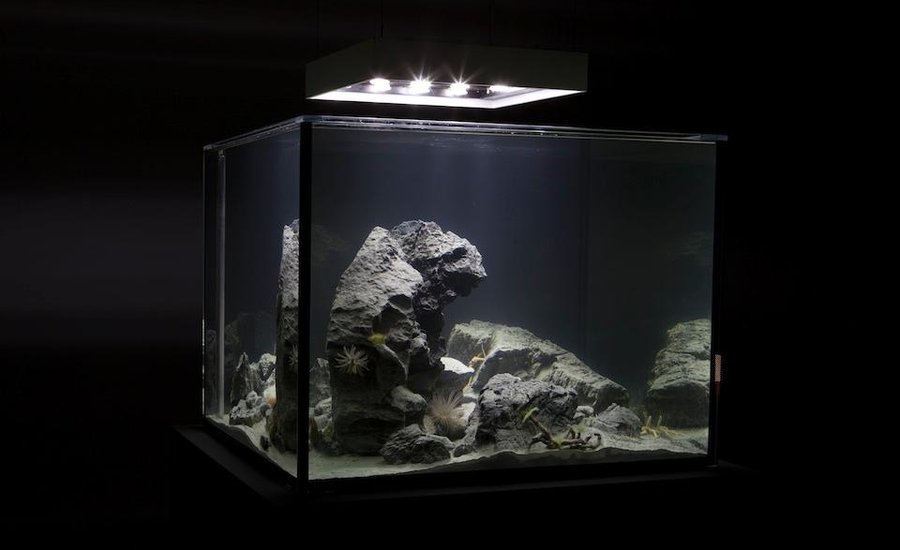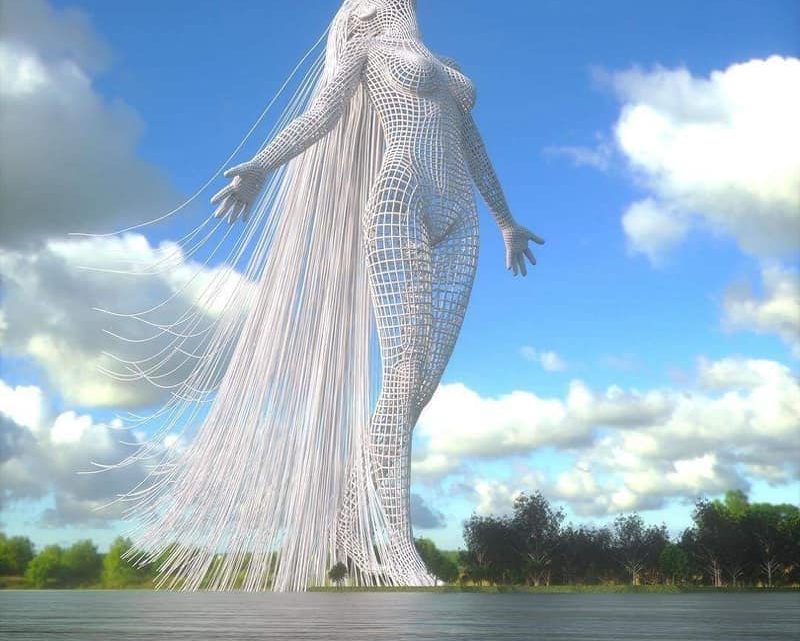Art object (art project)
Architectural compositions harmoniously fit art into the urban environment. They decorate the public space, causing positive emotions in passers-by.
Even one art object in a city can transform a territory and shape its aesthetic appearance. And the architectural ensemble of several structures, designed in a single style, creates a comfortable environment for various groups of the population.
This is a broad concept, which together means both specific pieces of art and interesting design solutions. The description of an art object as a concept includes architectural objects, painting, some art objects, artistic images and solutions. Art objects are creative and unusual, eye-catching.
The history of art objects begins in 1917, when a French figure tried to pass off a urinal as an art object.
Modern urban art objects are not everyday objects that are simply given importance. These are full-fledged sculptures, created from scratch and carrying the value of art.
Types of urban art objects
Original designs are developed for specific territories, they have different goals and objectives. Therefore, they differ greatly in size, functionality, themes, and semantic load.
Conventionally, several types can be distinguished.
- Street podiums. They are designed for concerts, performances. The rest of the time they serve as street furniture, where people can relax, sit with friends or while walking with children.
- Creative playgrounds.
- Pergolas and awnings. They shelter people from bad weather, bright sun, wind.
- Parklets. This is the name of small park areas located on busy streets in business districts.
- Outdoor furniture. For the comfort of visitors or passers-by, benches, swings, deck chairs, etc. are installed.Small architectural forms that are used for zoning or decoration.
Each of these elements of architecture should have a unique design. The task of architects is to create a work of art with an additional set of functions.

Functions of art objects in the urban environment
Original designs perform several tasks in the framework of creating a comfortable urban environment.
- Considered a place of attraction. Children, teenagers, adults like them, so they are installed on the main streets, embankments in parks, squares, pedestrian zones.
- They become symbols of the district, form the image of the city. Meetings are arranged near them, photo shoots are arranged.
- They have a positive effect on social culture, contribute to the maintenance of order.
- Increase foot traffic. In places of mass concentration of people, profitable commercial facilities appear, which are the source of the formation of the city budget.
They can simultaneously serve as a decoration of the territory, be used for entertainment, separate functional areas. For example, the architects of the Mirror Group interestingly decorate bike racks, combining them with flower beds. Game complexes serve as a landscape gardening decor. Pergolas, benches become an element of landscape design.
Art object development
The creation of an architectural or landscape object begins with the development of a concept. In the process of negotiations, the goals of its installation are discussed, additional opportunities are selected.
After designating the tasks, sociocultural research is carried out. They allow you to understand the expectations and needs of the audience. The design is based on historical value with a modern twist.
The idea is combined with geoplastics, inscribing the design into landscape design. Decorative lighting forms a long-lasting reaction when attracting new visitors to a given place.
For production, durable environmentally friendly materials are chosen. Architects create a stable structure that will ensure the safety of people under heavy loads.
Polygonal sculptures
Polygonal figures (or sculptures) are art objects created using polygonal modeling. Each sculpture is a collection of polygons with an unusual sculpture, color and creating a single composition.

Often they are also called 3D shapes, because they are created from a large number of small polygons that give the models smooth edges. You can understand their features in the photo of polygonal figures.
They are made of steel, plastic, fiberglass, brass and copper, wood, concrete, various recyclable materials, including paper!
Contemporary art expands its boundaries every day, and penetrates even deeper into the environment.
Now you do not have to be limited when choosing the materials used, or when choosing a method of expression, you can choose the usual types of art, such as drawing, graphics or sculpture, or completely new non-traditional forms of expression, such as installations, performance, light show, video or any other form art.
Often used
Today, everyday you can hear the already familiar term “art object”. It is often used to refer to new manifestations in contemporary art movements, replacing other well-known terms such as “monuments of architecture” or “works of art.” Unfortunately, no one has yet appeared who could give a clear definition of this concept.
Summing up all the data, it can be argued that an “art object” is some kind of arbitrary object, a spatial body or an architectural object that carries both material and artistic value, and is intended to evoke certain emotions in viewers, conveying a creative idea author.
On the other hand, after analyzing the functions and characteristics of art objects, we can say that an art object is also a work of art that has become a cult attraction for a particular area.
To an ordinary viewer who first saw the object, it may seem conditionally meaningless, not aesthetic, and incomprehensible, but at the same time, it will look very creative, expressing the specific philosophical thought of its author.
